The Blessed Machine #1
Written by Jesse Hamm and Mark Rodgers
Illustrated by Jesse Hamm
Cave Pictures Publishing
A kid’s normal nightmare about being engulfed by sinister plants is countered by his mother’s retelling of the Persephone myth and you immediately know something isn’t right here. A quick segue into reality reveals a world where humans now live underground and the concepts of lush greenery everywhere and the shifting seasons are relegated to video screen presentations rather than tactile, experiential moments. It’s the result of a scientific disaster, and humans take that opportunity to imprison themselves in a dystopian underground city, under the loving care of a computer program named Djinn.
Now that all of that has been set up, we jet ahead 30 years when the boy with the nightmares, Jacob, begins to suspect that they have a higher purpose, after torturing him unabated for 30 years. Of course, Jacob has an idea of what they really mean, and it’s a hopeful idea, but can he actually convince anyone it’s more than his brain wandering into impossible corners? And is he the only one having these dreams?
This first issue does the job of setting up the premise of this series and offering a few of the relationships that will no doubt affect the action, but for this issue, it’s mostly an informational dump and the story in earnest will begin next issue. That’s fine, since the elements introduced are intriguing, echoing a form of old-style sci-fi conspiracy that reminds me of Logan’s Run. There’s an old-fashioned earnestness to the story that feels in line with the America 2019 zeitgeist, which is part of a direct line from the liberal paranoia of the 1970s, and The Blessed Machine appears like a good opportunity to formalize those lines, in both thematic and narrative terms as well as in matters of sci-fi form.
When I Arrived At The Castle
By Emily Carroll
Koyama Press
Unfolding like a 19th Century gothic novel on amphetamines, luring you inward even as it warns you away for fear of some unknown trauma that awaits you When I Arrived At The Castle throws you headfirst into the middle of some form of confrontation between two women. They have a history, but you can’t quite tell what it is, and there is some kind of seductive cat and mouse game going on between them that begs you to decipher whether each is who the other things they are.
As the action moves into more surreal territory, Carroll juxtaposes her comics with some prose interludes, dark fairy tales of lost people coming up with macabre solutions to their problems that could or could not pertain to the women sparring in the castle. They are stories of double-crosses, of tricks played during a moment of desperation, and as the two women battle it out in the castle, descending into greater grotesquerie, you begin to wonder if these are meant to describe their conflict in various terms and put them in a context for which there are a million answers.
As violence and sex intermingle, it becomes more obvious that the stories express a nexus between fear and excitement, that moment when the possibilities are defined by fright and allure, and we this is a moment we have captured again and again in multiple fairy tales, legends, myths, and other types of stories through the eras. The two women’s’ abstract battle, in which pain and pleasure become confused and create a chaotic state, is the result of that pivotal moment when all the stories ever told begin when the unknown becomes clear upon entering it, and all moments proceed from that collision of light and dark.
When I Arrived At The Castle is less narrative and more poetry — frenzied, volatile poetry — capturing that moment of change and reckoning has never been an easy subject for clarity.


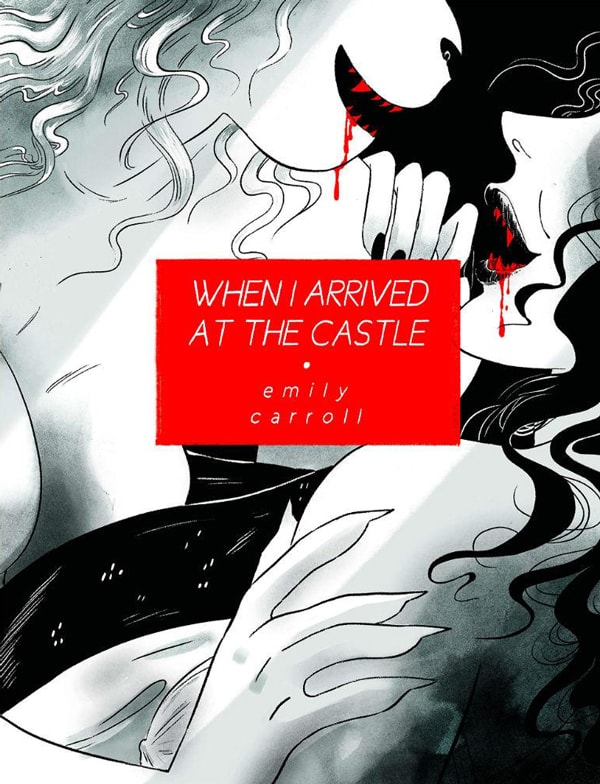
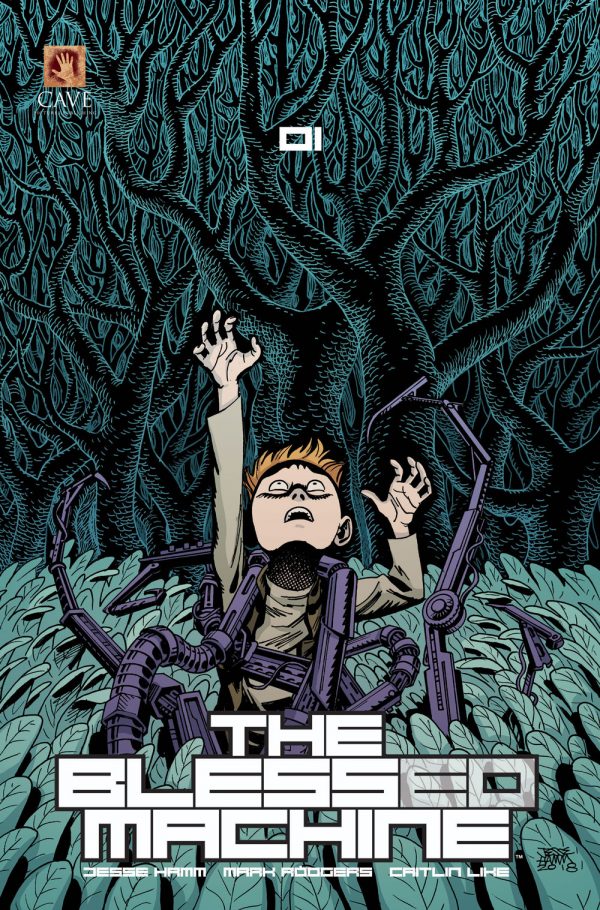

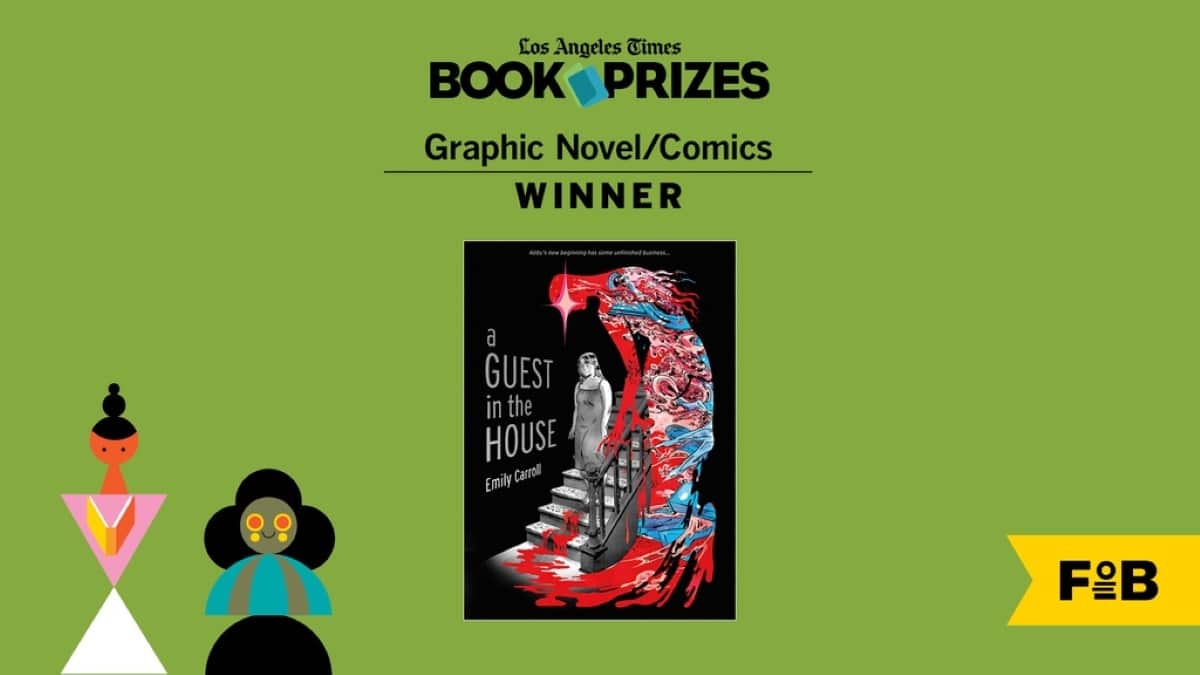

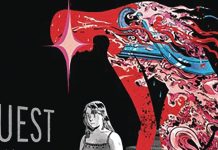
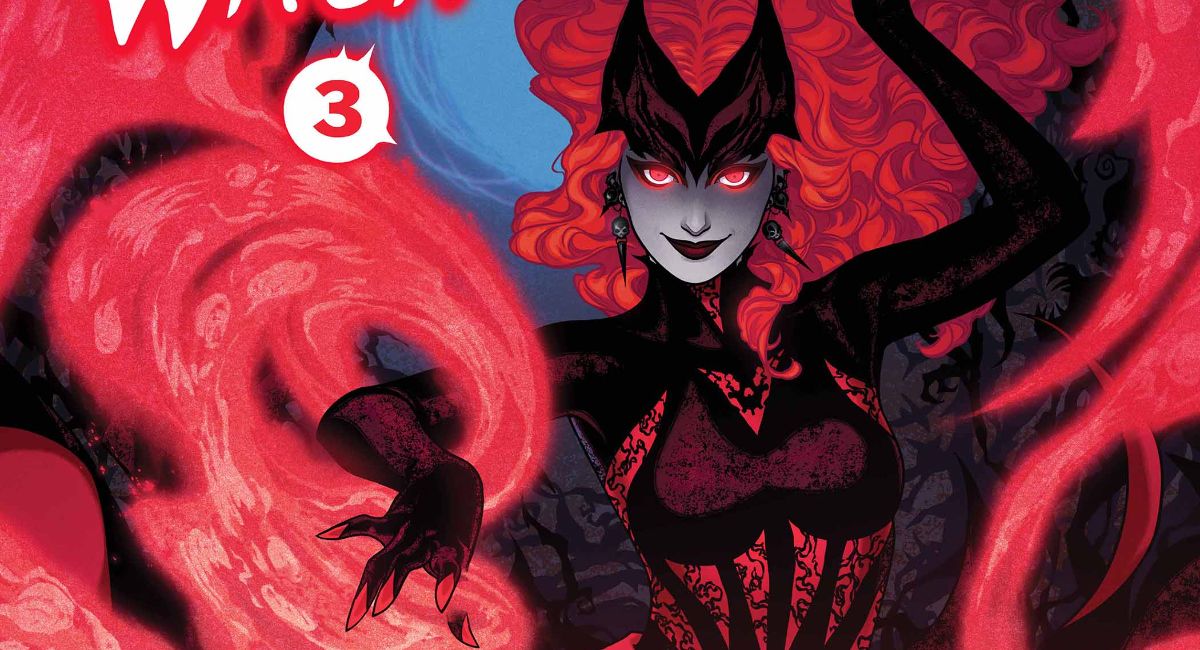


That When I Arrived At The Castle sounds good.
Comments are closed.